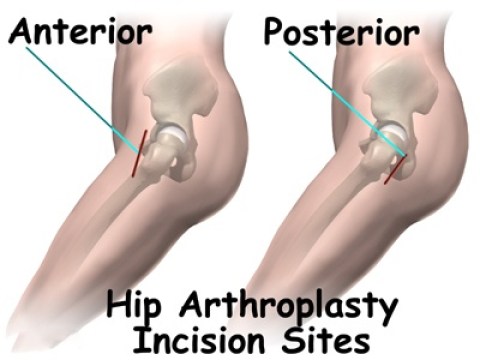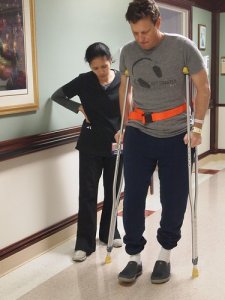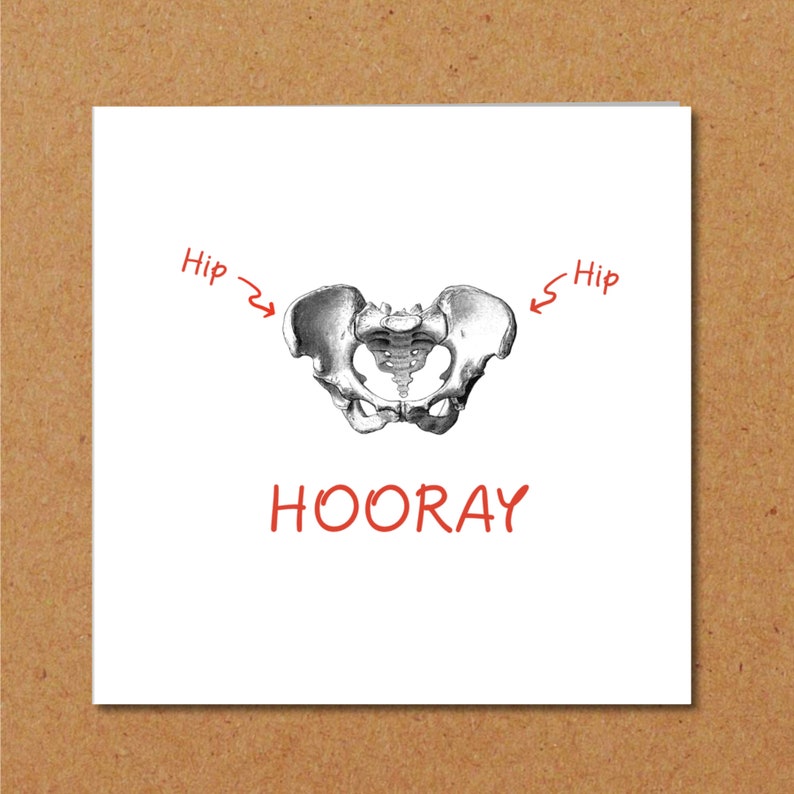What is it?
During hip replacement surgery, a surgeon will remove a portion of any damaged sections of the pelvis and head of thigh bone. The surgeon will then replace it with look-alike implants, it can be metal, ceramic, or very hard plastic.
Purpose
Hip replacements are usually done if the patient complains of significant pain and damage to the hip joint due to, osteoarthritis the most common symptoms, hip fracture after a fall or injury, and if the doctor sees any tumor in the hip joint.
- Posterior approach: This approach is commonly used by the surgeon. The incision is made outside of the hip close to the butt, while the patient is lying on the side.
- Anterior approach: During this approach, the incision is made at the front of the hip.

How to prepare for the surgery?
Before the surgery, the patient is given weeks in order to prepare for the surgery. This includes losing weight and quitting unhealthy habits, for instance, smoking to reduce any complications during surgery. Going out for walks and staying active can build strength prior to surgery.
After Surgery
According to William Winternitz, MD patients are able to take care of themselves and resume some activities six weeks after surgery. After three months 90% are recovered, and to be fully 100% recovered it can take up to one year. The healing time process varies among patients. Not every patient will walk out of the surgery room ready to go home and return to their daily routine. It all depends on how the body will react after the surgery and how much effort will the patient put on during the recovery phase.
Most patients who undergo hip replacement will typically be discharged within two to five days. The surgeon will discharge the patient once the patient is able to:
- safely get in and out of bed.
- walk from bed to bathroom using any assistive devices
- eat while sitting down
- follow hip precautions
- perform gentle exercises
Rehabilitation Period

By: Eric Niiler
If the surgeon decides the patient is not ready to go home after surgery. The patient will be would be admitted to a short-term care facility that provides physical and occupational therapy to regain strength in the lower extremities in order to perform daily tasks at home.

With the new hip in place. It is important to keep in mind that it will take time to fully recover from the surgery. Avoid any exercises that will cause hip dislocation. And remember to follow any hip preactions and exercises to speed recovery. Lastly, take care and enjoy the new hip!
References:
Jonathan Cluett, M. D. (2021). What does having your hip replaced actually entail? Verywell
Health. Retrieved April 28, 2022, from https://www.verywellhealth.com/considering-hip- replacement-surgery-2549565
Pendleton, H. M., & Schultz-krohn, W. (2016). Pedretti’s occupational therapy: Practice skills
for physical dysfunction (7th edition). Mosby.
TriStar Health. (2018). Total Hip Replacement [Video]. YouTube.https://www.youtube.com
/watch?v=Hd5ywP61u7U
Winternitz, W. M.D. (2016). Postoperative care for hip replacement. Arthritis-health. Retrieve
April 28,200, from https://www.arthritis-health.com/surgery/hip-surgery/postoperative-
care-hip-replacement
